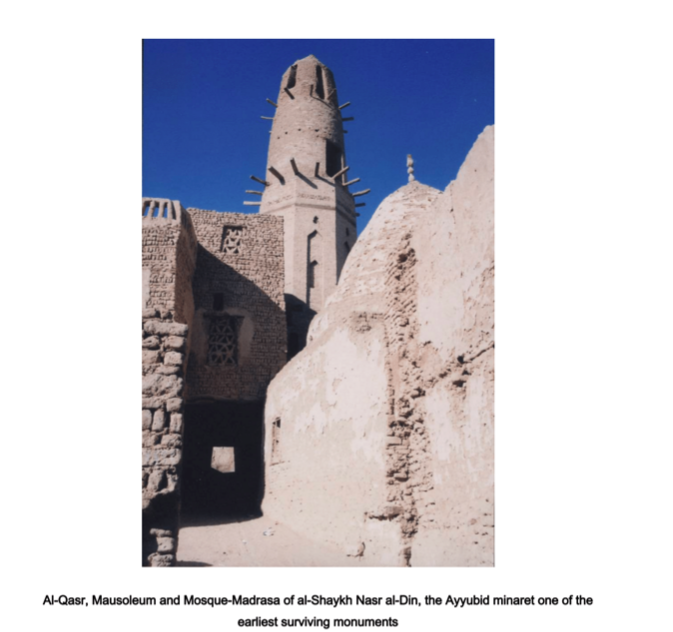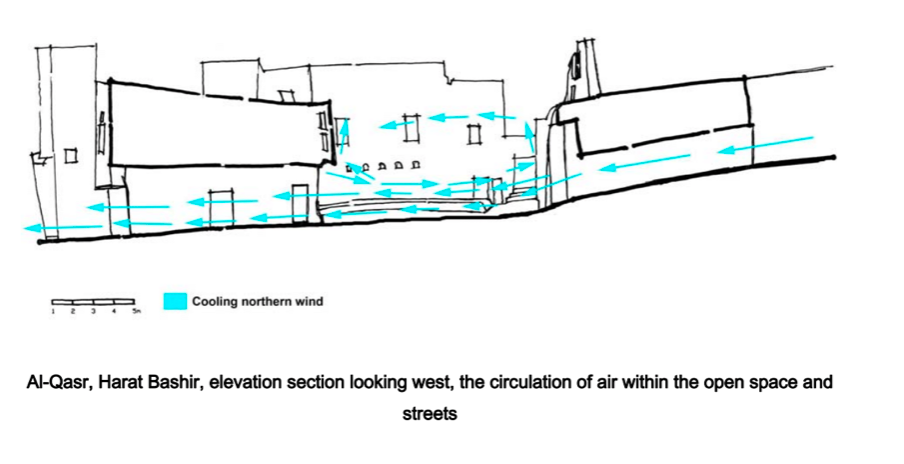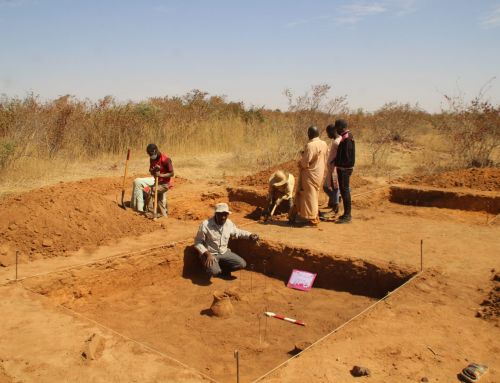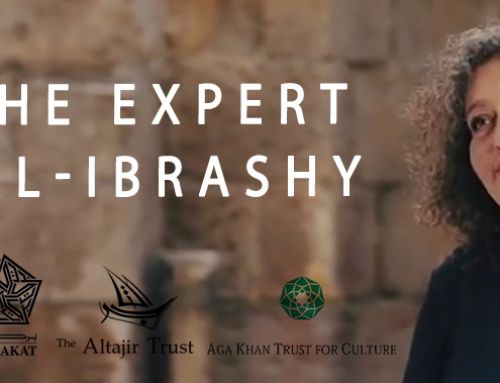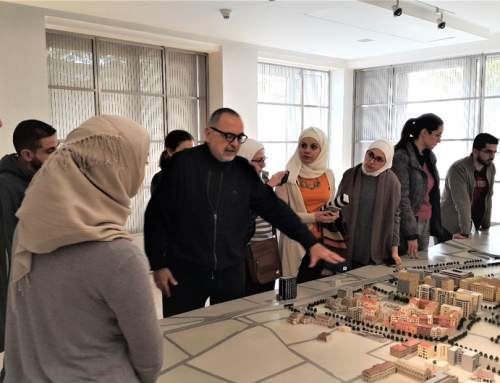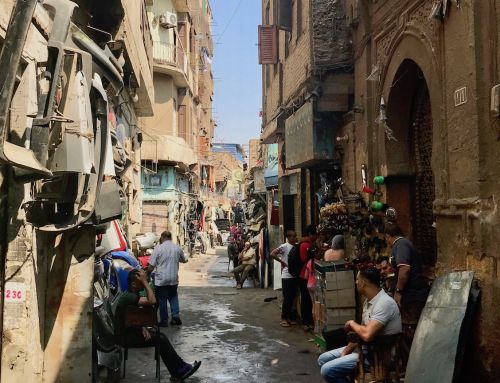The Barakat Trust gave a grant to Dalia Nabil Aly Abdul-Ghany who wanted to study elements that shaped the physical forms of the medieval towns of al-Qasr and Balat on the urban and interior architectural level, learn more about their qualities of living that they provided to the local community during medieval times and how far they sufficed their needs.
These historic towns serve as a fantastic model of medieval vernacular desert architecture dating back to the Ottoman period. They offered to Dalia an extraordinary urban and architectural setting which reflects the intelligence that the vernacular had reached through consecutive historical periods building up the traditional knowledge and skills.
Dalia embarked upon this project without any preconceptions but once she actually arrived there she was very shocked. The core of these towns were effectively deserted and left in despair. Any sign of life and vibrancy was contained along the periphery of these towns. This revelation completely subverted her expectation of these towns still being lively. She built up a thesis revolving around the clear lack of life in these towns. She wanted to answer such concerns as were the inhabitants discouraged to live in the old towns? And how do people today perceive their living qualities?
In order to answer such questions spatial elements from urban and architectural patterns were studied closely with regards to the various factors that contributed to their formation.
Accordingly, architectural surveys were carried out on six case studies chosen on celestial basis for providing an accurate valid analysis of certain spaces; squares, streets and interiors. The analysis further relied on sketches of more examples as well as architectural drawings and sketches, some of which have been available in a few sources. Moreover, the research relied extensively on oral interviews made with various stakeholders in both towns that contributed a great deal to informing about the intangible and tangible heritage of the local community and to understanding the qualities of living in both the vernacular and the new, as well as their values.
For the accomplishment of this research, she visited al-Dakhlah Oasis thrice, in December 2007, January and June/July 2009. During the three trips, she undertook major tasks needed for the fieldwork; the photographing of the two historic towns as well as the newly developed areas, surveying case studies, and interviewing various stakeholders involved. The architectural surveys undergone in the historic towns are mainly executed using the total station, Topkon, by the surveyor, Mr. Muhammad Ghallab, and me. she also relied on manual methods for the completion of the surveys as well as some sketches.

